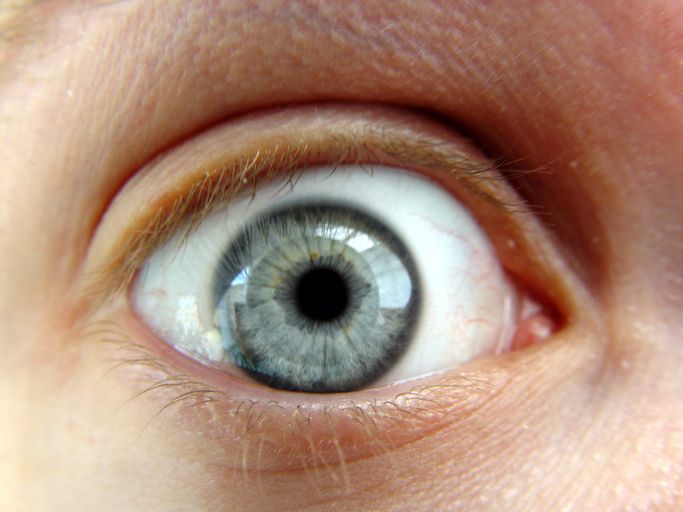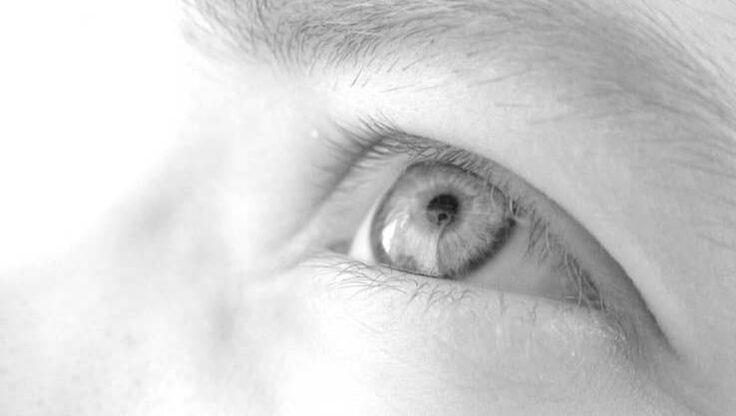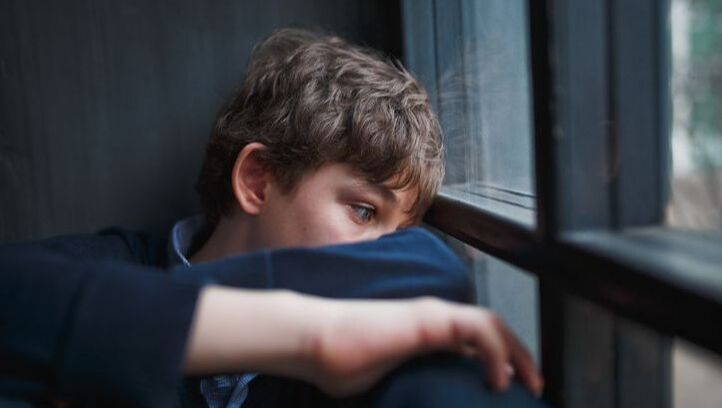Overcoming Fears & Phobias
|
Are you terrified of insects or spiders? Scared of flying? Afraid of visiting the dentist? Perhaps you get physically sick just thinking of having to speak in public? Are you terrified of lifts or enclosed spaces? What would your life be like without your phobia and fear?
If you have a phobia you may feel helpless in its grasp, knowing that it’s irrational but it feels mighty uncomfortable all the same. What would it be like to be able to fly whilst feeling relaxed and safe? Where would you travel to if you felt free to do so? If you have a fear of tunnels, what would life be like if you could travel by train or London underground whenever you wished and actually enjoyed the experience? What new opportunities and experiences will be open to you as a result of overcoming your phobia? There are currently over 200 known phobias including fear of making a fool of oneself (social phobia), water, spiders, enclosed spaces, flying, vomiting, birds, wasps, etc. Whatever your fear is, Angela has worked with these issues for many years now. The following will explain what phobias are, how they are created, and how to overcome them. |
|
What is a phobia?
A phobia is a type of anxiety disorder which manifests as an intense and irrational fear of an object, animal, person, place, situation or thought. This intense and extreme fear can lead the sufferer to avoid the stimulus of the fear (e.g. spiders), causing them anxiety and restriction in their lives. Around 10 million people in the UK have a phobia, according to the NHS. Some people confuse fears with phobias. Fear can be normal. For example, it is normal to experience fear in certain situations – fear is a normal response to dangerous situations such as being caught up in a riot. To feel extreme fear and for that fear to be irrational, is a phobic reaction. For example, to have a fear of water or open spaces is irrational and phobic. The person will be able to produce some of the physical symptoms of that fear just thinking about the trigger for their phobia, without even being exposed to it. A phobia is an internal feeling projected onto an external symbol or object. The anxiety or fear is 'projected' onto an object or situation. However, phobias do have a cause or a root and did or do still serve a purpose for the sufferer, be it unconsciously. What causes irrational fears and phobias? You have 2 minds, the unconscious and the conscious. The unconscious mind is the emotional, feeling mind and the mind that stores all our memories. The conscious mind is the logical, rational, thinking mind. It's the unconscious mind, and in particular the amygdala part of our brain, that is programmed to act instinctively in times of danger and this is the 'fight, flight, freeze or fawn response'. It also learns very quickly, on an emotional instinct basis. Extreme fears or phobias are learnt behaviours. A phobic response is simply a misunderstood survival mechanism, learnt at the unconscious level. Often it takes just one negative experience for the unconscious mind to generalise that learning and for the new behaviour to be installed as an unconscious response. The most common cause is some forgotten incident from earlier years that provoked powerful negative emotions. As phobias are unconscious, the response to this negative emotion is learnt unconsciously, and learnt rapidly, out of conscious awareness. To become phobic, all you need is a high anxiety state married with an object or situation. We can also become phobic by misuse of our imagination. This happens particularly where children are concerned. Sometimes children also model their parents and if our parents have phobic behaviour, we may too. Some phobias are less obvious in their origin and are associated with other underlying causes or anxieties. These underlying anxieties are projected onto an object or situation, which in turn causes a phobic reaction. To the conscious rational mind, the phobia is irrational. The phobic person can often see the irrationality of their phobic reaction. However, a phobia has nothing to do with the thinking, logical, conscious part of the brain. Angela has worked with many phobias and they range from the fear of small spaces to fear of tunnels and fear of vomiting. Non-specific or indirect phobias (also known as complex phobias) A non-specific or indirect phobia doesn’t have a specific cause such as a one-off frightening experience. These phobias are caused by a build up of anxiety from other causes and often over a period of time. There is no single or direct cause or memory. This unconscious anxiety is projected onto an object or situation by the unconscious mind. It may have some association to the original anxieties but the connection is not obvious. Sometimes the phobia may morph into a different phobia over time, so that, for example, a phobia of wasps may morph into a phobia of birds. Agoraphobia and social phobia are indirect phobias, for example. These kinds of phobias may sometimes take a little longer than one session to treat as they are not generally associated with one specific unpleasant memory. How can this work for me? Your phobia is unique to you as it has its own history. In that history lies the root cause, a one-off learnt behaviour. Analytical hypnotherapy combined with NLP and EMDR Therapy, is highly effective in treating all types of phobias and fears. Angela has wide experience and knowledge in working with phobic clients, and understands the neuroscience behind the behaviour and how it affects you. The process of her phobia session is structured to address the original unconscious anxiety, desensitise the phobia and generate new, positive feelings around the subject matter. |
Angela uses Analytical Hypnotherapy to help uncover the root cause of the phobia. The NLP used is a process of “desensitising” the phobia, and re-learning a different response to the trauma. EMDR Therapy is also highly useful in extreme phobic reactions where used with highly traumatic memories, desensitising them so that the negative response disappears. As with EMDR Therapy, NLP is effective in treating post traumatic stress disorder (PTSD). This way of working addresses the cause of the phobia as well as the symptoms.
Listed below are the most common phobias. However, there are over 200 known phobias. Whatever your fear, there’s probably a name for it! Fear of:
You can call Angela on 07736 480 376 or email her for more details. |




